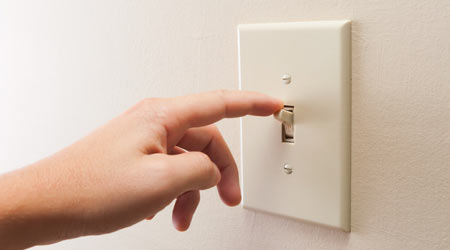
Simple Steps Can Improve Energy Efficiency
May 31, 2016
Building occupants can aid or sabotage energy efforts. One reason for the latter is that occupants often simply forget to engage in efficient behaviors. Five o’clock hits, kids are sick, the meeting ran late and who can remember to turn off the computer or the lights? Adopting new habits is hard. Studies show it takes at least 60 days of engaging in a new behavior for it to become a habit. So how do you get from zero to 60? Remind. Then remind again. Help individuals overcome faulty human memories and build new behaviors into future habits.
While individual occupants are ramping up their efforts, facility managers can help curb forgetfulness by taking a closer look at scheduling and automation for building systems, setting afterhours procedures for custodial staff and checking with technology staff on opportunities for automatic nightly computer and printer shutdowns.
Occupants are often unaware of their individual impact on energy performance within the building. Energy-efficient computer monitors, motion-sensor lighting, high-efficiency building systems and other technology initiatives may make occupants complacent. They may believe that that the building controls itself and they simply don’t need to take individual actions in order for the facility to save energy. Additionally, not all occupants pay attention to their habits or are passionate about finding ways to conserve. The typical occupant goes about daily tasks and interacts with the building in a manner that embraces comfort and safety and allows them to perform everyday tasks. Energy efficiency simply may not cross their minds. Targeted messaging can greatly improve occupants’ understanding of their role in your organizational energy efficiency and sustainability goals.
This Quick Read comes from Ashley Ruiz, program manager for McKinstry’s powerED program, a behavior-focused energy awareness and operational efficiency program, and Jesse Sycuro, P.E., CEM, LEED AP, the operations manager for McKinstry’s Energy Management group. Read more from them about ways to use occupant behavior to reduce energy consumption.
Next
Read next on FacilitiesNet












